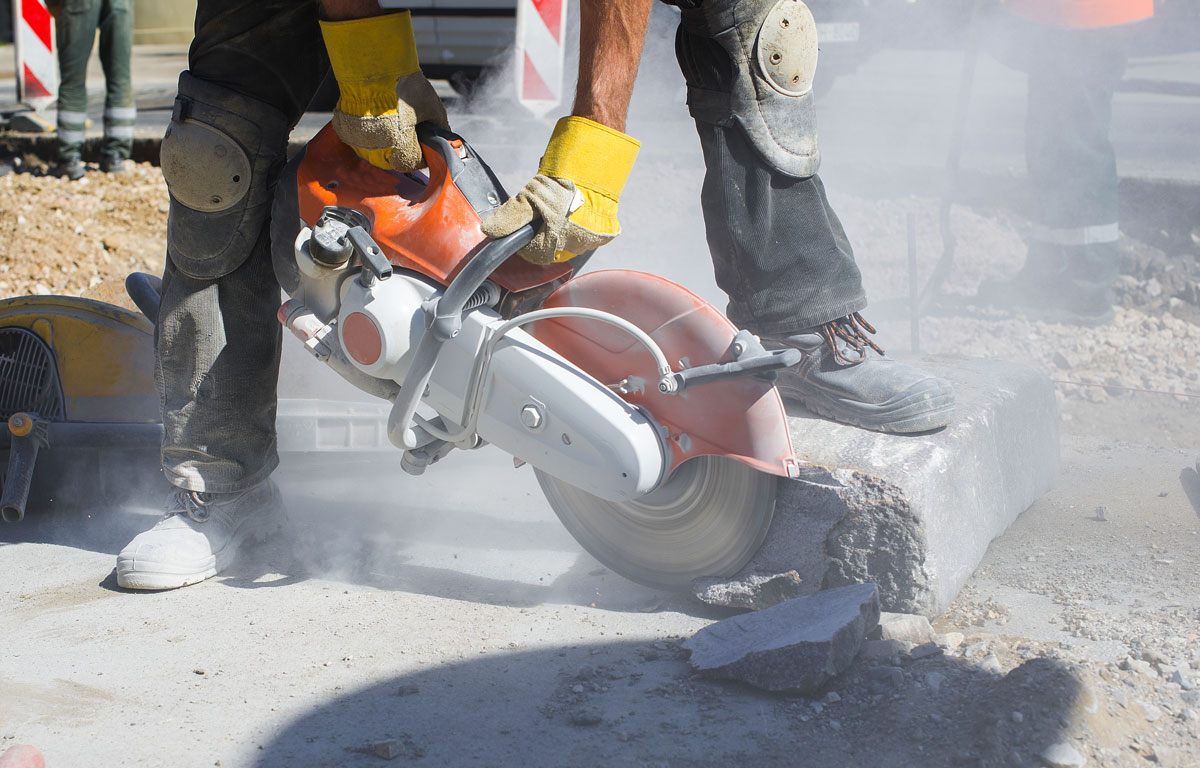You’ve chosen the right coating or lining for your project considering all of the factors. Things like operating temperature, chemicals, concentrations, expected level of protection and so on. Once this system is in place, you or your customer will have just the protection needed to protect critical plant infrastructure.
Now it’s on to make sure the system you’ve chosen will stay in place. It needs to bond to the concrete and stay there. You’ll need to prepare the concrete to present the best possible surface for the coating or lining. Sounds easy. But, the surface you have to adhere to is often not smooth or uniform. Given the fact that you need a protective system at all, it’s probably not in the best of shape. The concrete may be deteriorating, damaged and contaminated and have to be repaired to be a suitable host for your new barrier.
Deciding what to use and how to apply it is the next critical step you have to take. You have to consider certain factors that may change your original plan or time table. However, without a sound base, you’re coating or lining will fail. It might last a while, but it probably won’t meet your or your customer’s expectations. And long term, that’s not a good result.
Here are a few things to consider when choosing a repair material prior to coating:
1. Bond
You’ll want to have the best possible bond for the repair. The repairs ability to “hang-on” to the concrete will have a direct affect on the success of your project. The prep will be critical, but the bond strength of the material will be key. Make sure you eliminate all contaminants after prep like dust, airborne chemicals and dirt. These can weaken the bond or even serve as a bond-breaker if not removed.
2. Application method
Apply the material using the method that will yield the best and most complete bond of the repair to the concrete. It may be faster to apply by troweling, but your people may not have the experience to do it well. Forming and pouring might be the best choice, but if you can’t fashion the right form, you need another option. Once you have a well- prepared surface, you need get as close to 100% contact as possible.
3. Preparation of repaired surface
The newly repaired surface will need to be prepared to accept the coating. The coating or lining data sheet should give you the requirements for this prep. The time the prep takes will factor into your choice. You may have a limited time window to do the prep based on your schedule.
4. Time
You’ll need to consider the time the repair will need to cure or set prior to accepting your coating or allowing for prep. Cement based products will need a period of time to “Hydrate” or expel unused water before priming can be done. Typically, polymer-based materials will need to be “tack-free” prior to priming. However, all of these materials will vary widely in this respect.
5. Get advice
Talk to a product expert. Get input from people who know about the latest innovations in these materials. New materials come out all the time. You may not have ever heard of the best product for your application.
Give us a call when you’re planning your next project calling for concrete repair prior to coating or lining application.




Share this: